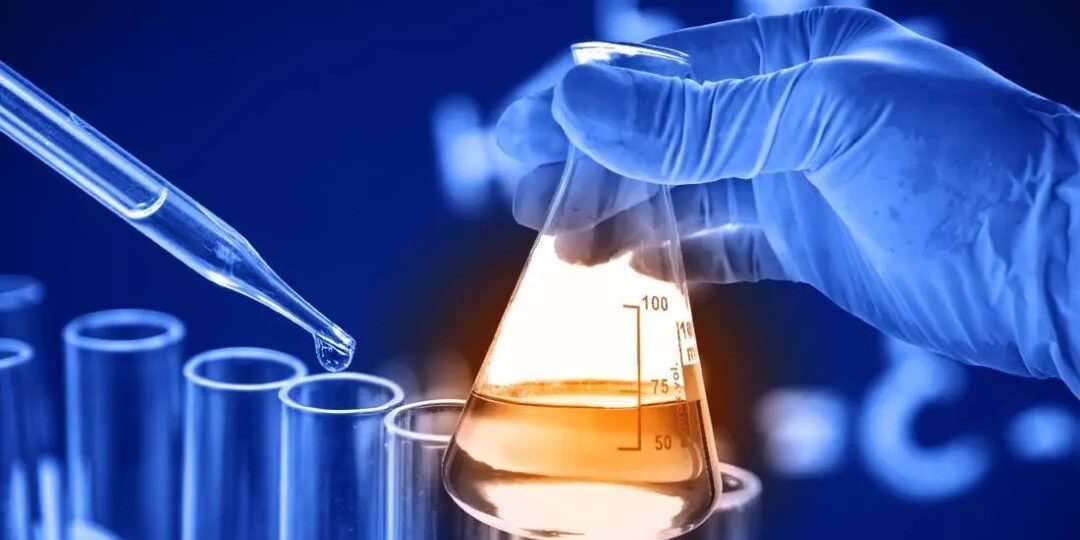Good defoaming agent usage standards
During the industrial production process, a lot of harmful foam will be produced, which seriously hinders the production progress. At this time, it is necessary to add defoaming agents to eliminate these harmful foams.
The English name of defoaming agent is Defoamer. Defoaming agent actually means eliminating foam. It is a substance with lower surface tension and higher surface activity that can suppress or eliminate foam in the system.
Defoaming agents are widely used and can be used to eliminate harmful foam produced in the production processes of latex, textile sizing, coatings, petrochemicals, papermaking, industrial cleaning, food fermentation and other industries.
Defoaming agent product features: It can maintain good defoaming and suppressing effects at lower concentrations; it is suitable for direct addition at low and high temperatures; it has fast defoaming speed, long foam suppression, low dosage, and is non-toxic, non-corrosive and non-toxic. No adverse side effects, especially no side effects on water systems. It has good water solubility, is easily dispersed in water, and is well compatible with liquid products.
The defoaming or anti-foaming ability of the defoaming agent is due to its very low surface tension that enters and destroys the bubble film, resulting in a defoaming effect. When the defoaming agent is added to the foam medium, it falls on the surface of the foam, effectively reducing the surface tension at the contact point and creating a weak point on the outer skin of the foam, causing foam breakage.
The functions of defoaming agents can be divided into three types: foam breakers, foam suppressors, and defoaming agents. Foam breakers are added after the liquid foams, and enter the bubble film through the action of adsorption bubbles and surface tension to thin the base, which can quickly destroy the bubbles and lower the liquid level. Foam suppressors are substances that can inhibit the generation of foam. They are adsorbed on bubbles together with liquid foaming substances, reducing surface tension and thinning the bubble film, leading to breakage and preventing foaming. The defoaming agent is adsorbed on the bubbles in the liquid and gathers the air in the bubbles. After the bubbles adsorb each other, the adsorption interface is damaged to form a large bubble. The increase in buoyancy speeds up the rise and promotes degassing. Defoaming agents generally have multiple functions such as foam breaking, foam suppression and defoaming, so it is often difficult to strictly distinguish them.
A good defoaming agent must have the functions of defoaming and suppressing foam at the same time, that is, it should not only destroy the foam quickly, but also prevent the formation of foam for a long time. It is often found that some defoaming agents lose their effectiveness after being added to the foam medium for a certain period of time. If we want to prevent the formation of foam, we need to add some defoaming agents. The reason for this may be related to whether the critical micelle concentration cmc of the foaming agent (surfactant) in the solution is exceeded. In solutions exceeding this concentration (generally organic liquids), they may be solubilized, resulting in the loss of the function of spreading on the surface, and the defoaming effect will be greatly reduced. When the defoaming agent is first added, its spreading speed on the surface is greater than the solubilization speed, showing a good defoaming effect; after a period of time, as the defoaming agent is gradually solubilized, the defoaming effect weakens accordingly.







